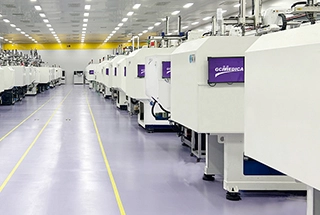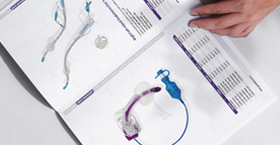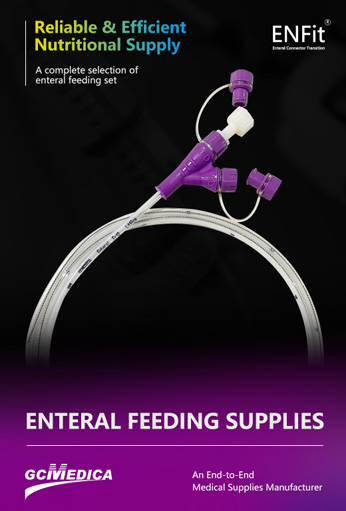Enteral feeding tubes are vital components of enteral nutrition and enteral support therapy, designed to deliver liquid nutrition formulas directly into the gastrointestinal tract for patients unable to ingest food orally. The main types include nasogastric (NG) tubes, orogastric (OG) tubes, nasojejunal (NJ) tubes, percutaneous endoscopic gastrostomy (PEG) tubes, percutaneous endoscopic jejunostomy (PEJ) tubes, gastrostomy buttons, and low-profile feeding devices. Each feeding tube type offers unique advantages based on therapy duration, anatomical considerations, and patient comfort.
- ENFit® Polyurethane Nasogastric Feeding Tubes
- ENFit®Polyurethane Y-Port Nasogastric Feeding Tubes
- ENFit® Funnel Transition Connector With Cap
- ENFit® Funnel Transition Connector
NG tubes are flexible silicone or polyurethane tubes inserted through the nose into the stomach, ideal for short-term enteral feeding. OG tubes follow a similar path via the mouth, often used in neonatal and pediatric care when nasal routes are contraindicated. NJ tubes advance into the jejunum to reduce reflux, minimize aspiration risk, and improve feeding tolerance by bypassing the stomach—making them ideal for patients with gastroparesis or severe reflux. Long-term feeding commonly employs PEG tubes anchoring directly to the stomach wall via endoscopic placement, enabling continuous or bolus feeding regimens. PEJ tubes provide direct jejunal access for patients with gastric dysfunction or high aspiration risk, ensuring consistent nutrient delivery.
Low-profile buttons and gastrostomy devices enhance mobility and comfort by reducing external tubing. These devices use safe materials and universal connectors compatible with standard feeding pumps and extension sets, including color-coded connectors and anti-reflux valves. Clinicians should choose the appropriate tube type based on feeding duration, aspiration risk, anatomical access, formula viscosity, and nutritional goals.
Proper tube selection, accurate placement, and vigilant care are critical to optimizing enteral nutrition outcomes and reducing complications such as occlusion, dislodgement, and infection. By understanding the diverse types of enteral feeding tubes—from nasogastric to percutaneous endoscopic jejunostomy—healthcare providers can personalize nutrition support, ensuring safe, efficient, and cost-effective nutrient delivery for patients across acute, long-term, and home care settings.
| ENFit Enteral Feeding Supplies > |

 Français
Français Español
Español Products
Products
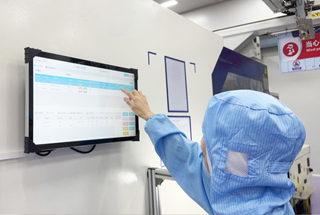
 About Us
About Us




